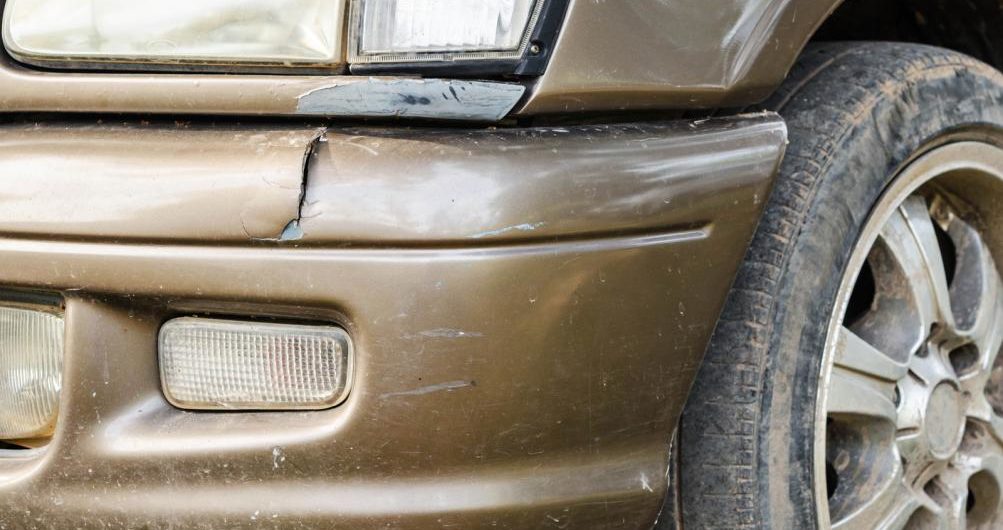Keeping an old car isn’t necessarily a bad thing provided that it’s well-maintained. Modern cars are safer than those released a decade ago and it’s normal to see vehicles hitting 300,000 miles or more. However, such cars incur higher running and maintenance costs and their reliability is always in question. Beyond the 50,000 mile mark, most warranties expire and you’re on your own.
The signs can be subtle and it requires a routine diagnosis to decide whether it’s time to finally part ways with your vehicle. Replacing your old car isn’t a big deal either. According to Automotive News, around 40 million used cars are purchased annually with the average car lifespan around the 6.75-year mark.
In this post, we’ll be sharing 10 signs which—if present in your vehicle—indicate that it’s time to visit the nearest dealership.
Frequent Breakdowns and Repairs
The occasional breakdown isn’t really a big deal for older vehicles and paying for repairs once in a while is to be expected. However, if the frequency of breakdowns starts increasing, perhaps it’s time to consider buying a new car. Generally speaking, one to two breakdowns a year for an old vehicle is normal, anything beyond that is downright frustrating and expensive.
It’s important to note that by repairs we don’t mean replacing the air filters or windshield wipers. We’re referring to replacing exhaust systems, radiators, and repairing major engine malfunctions—the kind of repairs that prevent the car from functioning properly.
Safety Becomes an Issue
As the years go by, safety becomes a growing concern. Even if the car is well-maintained, there’s always a risk of breaking down at the wrong time—when you’re on the highway or when a family member falls sick and you need to take them to the hospital. Also, older car’s lack modern safety features such as blind-spot monitoring, stability control, side airbags, collision alerts, and rearview cameras.
Repair Costs Exceed the Car’s Worth
This one’s pretty straightforward. If your car’s worth $600 and engine repairs are costing $1,500, then it’s impractical to have the car repaired. There’s also something known as the “tire test” which states that if the price of new tires exceeds your car’s value, then it’s time to send it to the scrap yard.
Rising Insurance Costs
The older your car gets, the higher the insurance costs. That’s because new vehicles come with a host of advanced safety features not present in older vehicles. Even if you’re an excellent driver with a clean record, expect to face rising insurance premiums, especially if the car is used for daily commuting. Keeping an eye on the premium costs is just as important as maintenance and repair expenses.
Interior Damages
When the car’s interior begins to fall apart, that’s a telltale sign that it can’t be salvaged. Torn and ripped fabric, a leaking sunroof, broken door and window knobs, and holes in the floor are all indications that you need to head to the nearest dealership.
Your Car’s Crossed the 100,000 Mark
Crossing the 100,000 mark is a sign that you’ve done a good job at maintaining your vehicle. The downside is living in the constant fear of having the car break down unexpectedly. Do a bit of research on the internet to see how well your car performs up till the 200,000 mark. If you find too many people complaining, it’s time to put your old companion to rest.
People Won’t Accept Your Offer for a Ride
If you’re dropping your kids off to school and they insist on walking the remaining couple of blocks despite the downpour outside, rest assured it’s not exercise that they want. Also, weird odors and rickety sounds are another clear sign that your vehicle will look better as a cube of metal sitting in the scrap yard.
Failing the Emissions Test
Another drawback of old vehicles is the lack of drive-clean technologies that reduce the harmful effects of gas emissions. This means that you’re likely to fail the emissions test when deciding to renew your license plate.
Poor Fuel Efficiency
It’s no secret that older cars have really poor fuel efficiency. A car bought during the mid-90s doesn’t hold a candle to, let’s say, a 2015 Toyota Prius. And while you may be thinking that you don’t have to make any more payments on the car, the fuel costs combined with the maintenance eats up a sizeable chunk of your wallet!
Duct Tape is Part of Regular Maintenance
Maybe its duct tape that’s keeping the front bumper from falling or the hood from dropping. While there’s no disputing your DIY-skills, it’s best not to embarrass your friends and buy a new car.

Breaking up with your decade-long vehicle can be painful, but you owe it to yourself to drive a car that protects your finances, personal safety, and integrity.
This Guest Post was written by our friends over at CarShopper.com. They provide an online platform that makes it extremely easy to buy new and used cars and also offer some of the Best car deals in Pennsylvania.





